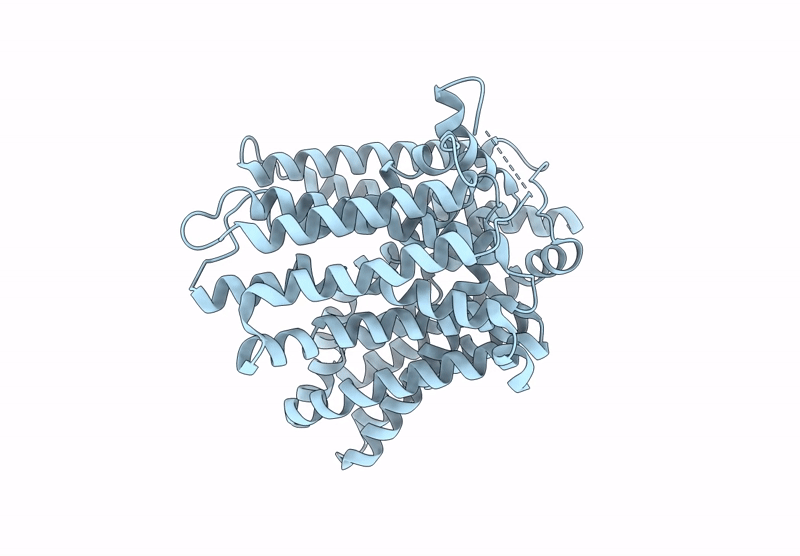
Deposition Date
2024-04-26
Release Date
2025-04-30
Last Version Date
2025-07-16
Entry Detail
PDB ID:
8ZBB
Keywords:
Title:
Cryo-EM structure of outward state Anhydromuropeptide permease (AmpG) G50W/L269W
Biological Source:
Source Organism:
Yokenella regensburgei (Taxon ID: 158877)
Escherichia coli (Taxon ID: 562)
Homo sapiens (Taxon ID: 9606)
synthetic construct (Taxon ID: 32630)
Escherichia coli (Taxon ID: 562)
Homo sapiens (Taxon ID: 9606)
synthetic construct (Taxon ID: 32630)
Host Organism:
Method Details:
Experimental Method:
Resolution:
3.11 Å
Aggregation State:
PARTICLE
Reconstruction Method:
SINGLE PARTICLE


